
Lignification and oxidative enzymes: Localization, localization, localization!
Blog, Plant Physiology, Plant Physiology: News and Views, ResearchName Marc Somssich
Affiliation University of Melbourne
ORCiD 0000-0001-5092-6168
[email protected]
Lignification of cell walls is a pivotal process in plant life. Lignin is a biopolymer that provides additional stability to secondary cell walls (SCWs), enables vascular cells to…
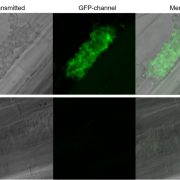
Identification of a unique ZIP transporter involved in zinc uptake via the arbuscular mycorrhizal fungal pathway (bioRxiv)
Plant Science Research WeeklyLast week, PSRW presented two review papers regarding host plant interactions with microbial populations, particularly for plant nutrient intake. Watt-Williams et al. utilize such knowledge for their paper, performing an RNA-seq dataset to identify a novel zinc transporter in Medicago truncatula. Zinc…

Transpiration from tomato fruit occurs primarily via trichome-associated transcuticular polar pores (Plant Physiol.)
Plant Science Research WeeklyPost harvest water loss is one of the major challenges in handling fresh agricultural products, yet its cause and mechanism are not well understood. In terrestrial plants, stomata are the primary regulators of water flux; but when the stomata are closed or in astomatous organs such as tomato fruits,…
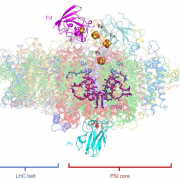
The structure of a triple complex of plant photosystem I with ferredoxin and plastocyanin (Nature Plants)
Plant Science Research WeeklyPhotosystem I (PSI) is a membrane-bound protein complex that plays a central role in the conversion of solar energy to chemical energy to drive assimilate production. Photosystem I is an enzyme complex that transfers electrons from plastocyanin (Pc) to ferredoxin (Fd). Here Caspy et al. have characterized…
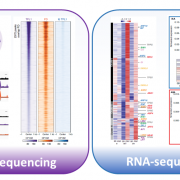
TERMINAL FLOWER 1-FD complex target genes and competition with FLOWERING LOCUS T (Nat. Commun.)
Plant Science Research WeeklyThe onset of reproductive development is tightly regulated in response to environmental cues as early and delayed flowering greatly affects seed production. In Arabidopsis, the timing of flower formation is controlled by members of the Phosphatidyl Ethanolamine-Binding Protein (PEBP) family: TERMINAL…
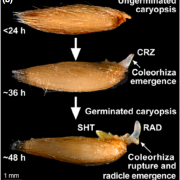
Coleorhiza‐enforced seed dormancy: a novel mechanism to control germination in grasses (New Phytol.)
Plant Science Research WeeklyThe germination process is completed when the radicle emerges from the seed. In eudicots, radicle growth is mechanically limited by the micropylar endosperm. As dormancy is broken and imbibition occurs, this structure is weakened so that radicle can pierce it. In grasses, the radicle is not surrounded…

Plant Science Research Weekly: October 30
WWR Full PostThis week’s Plant Science Research Weekly was guest-edited by Batthula Vijaya Lakshmi Vadde. She is currently a postdoc at Adrienne Roeder’s lab, Cornell University studying giant cell patterning in Arabidopsis sepals. Vijaya did her Ph.D. on trichome development in Arabidopsis with Utpal Nath from…
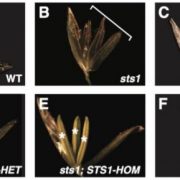
Fine Tuning Floral Morphology: MADS-Box Protein Complex Formation in Maize
Blog, Research, The Plant Cell, The Plant Cell: In BriefPlant floral organ development is orchestrated by master regulatory genes that control the differentiation of meristem tissue. According to the ABC(DE) model of flower development (Bowman et al., 1989; nicely summarized by Irish, 2017), different floral organs form in concentric whorls (verticils) in…
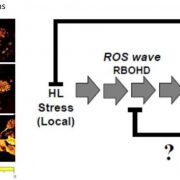
MYB30 links the ROS wave to systemic acclimation
Blog, Plant Physiology, Plant Physiology: News and Views, ResearchAmna Mhamdi
Ghent University, Department of Plant Biotechnology and Bioinformatics, and VIB Center for Plant Systems Biology, 9052 Ghent, Belgium
Address correspondence to [email protected]
Stress signals trigger systemic signaling and acclimation. The propagation of reactive oxygen species…

